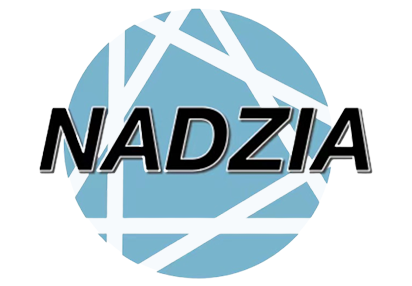Understanding Steel Cord Conveyor Belts: Essential Insights for Industrial Applications
Pubdate:
2024-10-23
Steel cord conveyor belts are pivotal in various industrial applications, particularly in sectors that require the transportation of heavy materials over long distances. These belts are engineered using high-strength steel cords embedded within a rubber matrix, providing exceptional tensile strength, durability, and resistance to wear and tear. Understanding the features and benefits of steel cord
Steel cord conveyor belts are pivotal in various industrial applications, particularly in sectors that require the transportation of heavy materials over long distances. These belts are engineered using high-strength steel cords embedded within a rubber matrix, providing exceptional tensile strength, durability, and resistance to wear and tear. Understanding the features and benefits of steel cord conveyor belts can significantly enhance operational efficiency and reduce downtime in your projects.
One of the primary advantages of steel cord conveyor belts is their high tensile strength. The steel cords provide reinforcement that enables these belts to handle heavy loads, making them ideal for industries such as mining, construction, and bulk material handling. Additionally, the belts can be designed to withstand extreme temperatures, ensuring performance under various environmental conditions.
Another key benefit is their exceptional durability. Steel cord conveyor belts are less prone to stretching and deformation compared to their fabric counterparts. This characteristic not only extends the lifespan of the belt but also minimizes the need for frequent replacements and maintenance. As a result, companies can achieve significant cost savings over time, making steel cord conveyor belts a wise investment.
Moreover, these belts offer excellent resistance to impact and abrasion. The robust construction protects against the wear caused by sharp materials and heavy loads, ensuring continuous operation without unexpected failures. This durability is crucial in industries where consistent performance is essential for maintaining productivity and meeting production targets.
In terms of application, steel cord conveyor belts are widely used in heavy-duty operations, including the transportation of coal, minerals, aggregates, and other bulk materials. They are also compatible with various conveyor systems, allowing for flexibility in design and implementation. The belts can be tailored to specific operational needs, including different widths, lengths, and surface textures, ensuring optimal performance in diverse settings.
To maximize the benefits of steel cord conveyor belts, it is essential to conduct regular inspections and maintenance. Monitoring for signs of wear, misalignment, and other issues can help prevent potential failures and extend the lifespan of the belt. Additionally, selecting the right type of belt for your specific application is crucial—consider factors such as load capacity, environmental conditions, and the materials being transported.
In conclusion, steel cord conveyor belts are indispensable for companies seeking reliable and efficient solutions for material handling. Their strength, durability, and versatility make them an excellent choice for various industrial applications. By understanding their features and benefits, businesses can make informed decisions that enhance productivity and operational efficiency.
One of the primary advantages of steel cord conveyor belts is their high tensile strength. The steel cords provide reinforcement that enables these belts to handle heavy loads, making them ideal for industries such as mining, construction, and bulk material handling. Additionally, the belts can be designed to withstand extreme temperatures, ensuring performance under various environmental conditions.
Another key benefit is their exceptional durability. Steel cord conveyor belts are less prone to stretching and deformation compared to their fabric counterparts. This characteristic not only extends the lifespan of the belt but also minimizes the need for frequent replacements and maintenance. As a result, companies can achieve significant cost savings over time, making steel cord conveyor belts a wise investment.
Moreover, these belts offer excellent resistance to impact and abrasion. The robust construction protects against the wear caused by sharp materials and heavy loads, ensuring continuous operation without unexpected failures. This durability is crucial in industries where consistent performance is essential for maintaining productivity and meeting production targets.
In terms of application, steel cord conveyor belts are widely used in heavy-duty operations, including the transportation of coal, minerals, aggregates, and other bulk materials. They are also compatible with various conveyor systems, allowing for flexibility in design and implementation. The belts can be tailored to specific operational needs, including different widths, lengths, and surface textures, ensuring optimal performance in diverse settings.
To maximize the benefits of steel cord conveyor belts, it is essential to conduct regular inspections and maintenance. Monitoring for signs of wear, misalignment, and other issues can help prevent potential failures and extend the lifespan of the belt. Additionally, selecting the right type of belt for your specific application is crucial—consider factors such as load capacity, environmental conditions, and the materials being transported.
In conclusion, steel cord conveyor belts are indispensable for companies seeking reliable and efficient solutions for material handling. Their strength, durability, and versatility make them an excellent choice for various industrial applications. By understanding their features and benefits, businesses can make informed decisions that enhance productivity and operational efficiency.






